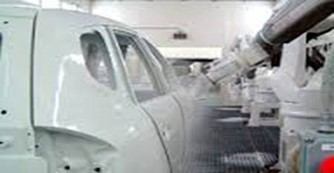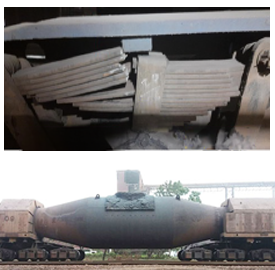Challenges
Measurement of paint transfer efficiency in a spray painting process
Short Description:
Looking for the method or technique to calculate the paint transfer efficiency in robotic spray painting process.
Challenge Details
In paint shops, robotic painting (using spray coating) occurs in three stages: applying surface coat followed by base coat and then the clear coat. Transfer efficiency is critical to the spray finishing industry from both a cost and a regulatory standpoint. It simply means the amount of material that adheres to the target compared to the amount of material that was sprayed through the applicator toward the target. Transfer efficiency is usually expressed as the percentage of the weight of solids sprayed versus the weight of solids gained by the target. Low transfer efficiency leads to increased sludge formation, thereby driving up the cost.
There is a growing expectation for technological advancements to optimize the paint shop process, potentially delivering significant impacts on both tangible aspects and intangible benefits. A viable solution must incorporate a real-time method for determining the quantity of paint deposited on the part, enabling accurate efficiency calculations.













